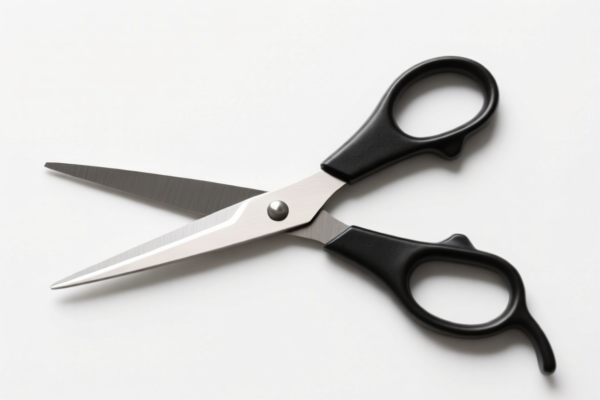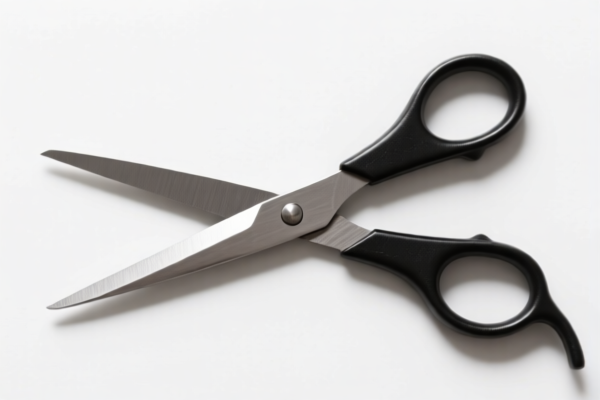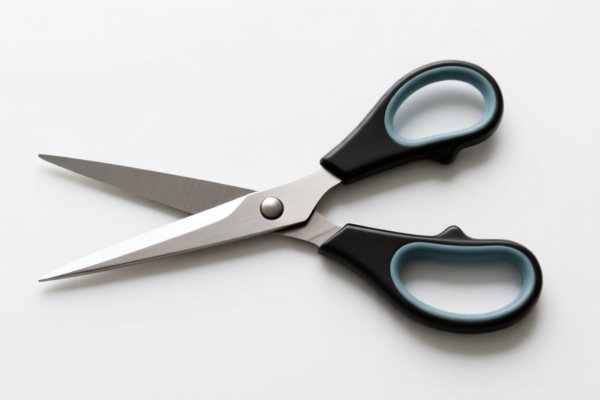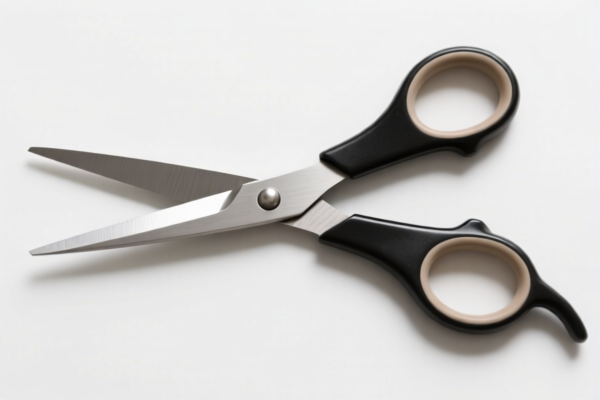| HS Code | Official Doc | Tariff Rate | Origin | Destination | Effective Date |
|---|---|---|---|---|---|
| 8428900390 | Doc | 55.0% | CN | US | 2025-05-12 |
| 8479899560 | Doc | 32.5% | CN | US | 2025-05-12 |
| 8479904500 | Doc | 37.5% | CN | US | 2025-05-12 |
| 3307900000 | Doc | 60.4% | CN | US | 2025-05-12 |
| 3304995000 | Doc | 55.0% | CN | US | 2025-05-12 |
| 3304991000 | Doc | 55.0% | CN | US | 2025-05-12 |




Scissor Lift Table
A scissor lift table is a type of industrial lift used to raise and lower materials to various heights. It utilizes a criss-crossing pattern of linked metal supports – the “scissors” – to achieve vertical movement.
Material
Scissor lift tables are primarily constructed from steel, chosen for its high load capacity and durability. Common steel types include carbon steel and alloy steel. Table surfaces can vary, often employing steel plating, aluminum diamond plate, or rubber depending on the intended application. Hydraulic components are typically made of steel alloys and sealed with rubber or polymer materials. Some models incorporate powder coating for corrosion resistance.
Purpose
The primary purpose of a scissor lift table is to elevate and position materials for tasks such as:
- Loading and unloading: Facilitating the transfer of goods onto or off of conveyors, trucks, or other work surfaces.
- Assembly: Positioning parts at ergonomic heights for easier assembly.
- Workstation support: Providing a height-adjustable platform for operators.
- Inspection and repair: Allowing for comfortable access to materials at various levels.
Function
The core function of a scissor lift table relies on hydraulic power. A hydraulic pump forces fluid into a cylinder, extending the piston. This piston pushes the base of the scissor mechanism, causing the linked supports to expand and raise the table platform. Lowering is achieved by releasing hydraulic pressure, allowing gravity to contract the mechanism.
Key components include:
- Scissor stack: The linked metal supports that provide the lifting motion.
- Hydraulic cylinder: The power source for lifting.
- Hydraulic pump: Provides the fluid pressure.
- Control panel: Allows the operator to raise, lower, and control the table.
- Safety features: Including shear guards, overload protection, and emergency stop buttons.
Usage Scenarios
Scissor lift tables are commonly found in:
- Warehouses: For loading, unloading, and order picking.
- Manufacturing facilities: For assembly, welding, and inspection.
- Automotive repair shops: For lifting vehicles and accessing undercarriage components.
- Construction sites: For lifting materials to different levels.
- Shipping and receiving docks: For handling pallets and containers.
Common Types
- Manual Scissor Lift Tables: Operated by hand pump or foot pedal. Suitable for low-frequency, low-height lifting applications.
- Electric Scissor Lift Tables: Powered by an electric motor, offering convenient and efficient operation.
- Pneumatic Scissor Lift Tables: Utilize compressed air for lifting, ideal for environments requiring explosion-proof operation.
- Mobile Scissor Lift Tables: Equipped with casters for easy movement around the workspace. Some models have brakes for stability.
- Fixed Scissor Lift Tables: Permanently installed in a specific location.
- Tilt Scissor Lift Tables: Combine lifting and tilting functionality for enhanced material handling.
- Pallet Scissor Lift Tables: Designed specifically for lifting and moving pallets.
- Heavy-Duty Scissor Lift Tables: Constructed with reinforced materials for lifting extremely heavy loads.
A scissor lift table is a mechanical appliance used for lifting and lowering materials or personnel. It functions by utilizing a crisscrossing scissor-like mechanism to achieve vertical movement. Common applications include industrial settings for loading/unloading, maintenance, and assembly tasks.
The following HS codes may be relevant:
-
8428900390: This code covers “Other lifting, handling, loading or unloading machinery (for example, elevators, escalators, conveyors, teleferics): Other machinery Other”. This is a broad category encompassing various lifting devices.
- 84: Chapter 84 pertains to Nuclear reactors, boilers, machinery and mechanical appliances; parts thereof.
- 28: Heading 28 specifically addresses machinery for lifting, pulling, pushing, or compressing; winches, cranes, jacks, and hoists.
- 900390: Subheading 900390 denotes “Other” machinery within this category.
-
8479899560: This code covers “Machines and mechanical appliances having individual functions, not specified or included elsewhere in this chapter; parts thereof: Other machines and mechanical appliances: Other: Other Automotive maintenance machines”. A scissor lift table used for automotive maintenance could fall under this classification.
- 84: Chapter 84 pertains to Nuclear reactors, boilers, machinery and mechanical appliances; parts thereof.
- 79: Heading 79 covers machines and mechanical appliances having individual functions not specified elsewhere.
- 899560: Subheading 899560 denotes “Other Automotive maintenance machines”.
-
8479904500: This code covers “Machines and mechanical appliances having individual functions, not specified or included elsewhere in this chapter; parts thereof: Parts: Of trash compactors: Frame assemblies incorporating more than one of the following: baseplate; side frames; power screws; front plates”. If the scissor lift table is being imported as a frame assembly, this code may be applicable.
- 84: Chapter 84 pertains to Nuclear reactors, boilers, machinery and mechanical appliances; parts thereof.
- 79: Heading 79 covers machines and mechanical appliances having individual functions not specified elsewhere.
- 904500: Subheading 904500 denotes “Parts of trash compactors”.
According to the provided reference material, the HS code options related to 'scissor lift table' are limited, with only the following 3 found.
Customer Reviews
No reviews yet.